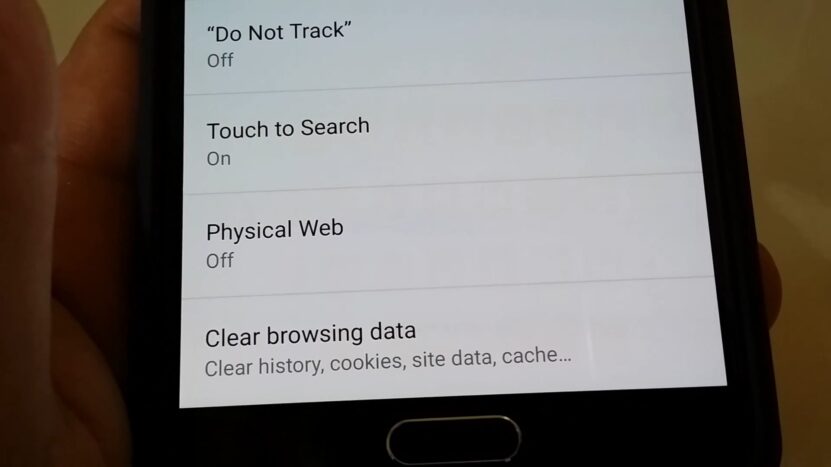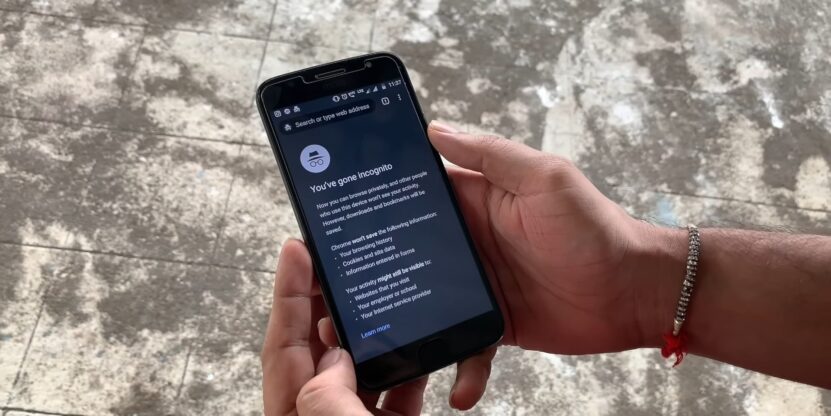In today’s digital age, privacy is a top concern for many. Android users often turn to the incognito mode in their browsers to keep their browsing activities private. But what if you need to revisit a page you viewed in incognito mode?
Or what if, as a concerned parent or employer, you need to check the incognito history? This article will guide you through the steps to see incognito history on Android devices. Let’s dive in!
What Incognito Mode Doesn’t Do:
However, it’s crucial to talk about a common misconception: incognito mode is not a digital invisibility cloak. While it does a commendable job of not retaining your local browsing data, it doesn’t shield your online presence entirely.
Firstly, the websites you visit are still very much aware of your access. They can employ various tools and techniques, like digital fingerprinting, to recognize and track user behavior during sessions, even if you’re in incognito mode.
Secondly, your ISP, the entity that provides you with your internet connection, retains a more comprehensive view of your online activities. When you visit a website, your request travels through your ISP’s servers. This means they have a record of every site you’ve accessed, regardless of whether you’re using incognito mode or not.
Lastly, if you’re accessing the internet in a workplace or on a shared network, network administrators can often view logs of all internet activity. This means that even in incognito mode, your online actions might not be as private as you think.
The Myth

Many believe that once they close an incognito window, their browsing history is gone forever. However, while the data might not be readily available on the device, it’s not entirely erased from existence. Various methods can be employed to retrieve this “lost” data.
Retrieving History
Now, let’s get to the heart of the matter. Here’s a step-by-step guide on how to see incognito history on Android:
- Step 1: Open the ‘Settings’ app on your Android device.
- Step 2: Navigate to the ‘Google’ option.
- Step 3: Under the Google settings, select ‘Google Account.’
- Step 4: Go to the ‘Data & personalization’ tab.
- Step 5: Under the ‘Activity controls’ section, you’ll find ‘Web & App Activity.’ Ensure this feature is turned on.
- Step 6: Now, go to ‘Manage Activity.’ Here, you’ll see a list of your browsing activities, including those done in incognito mode.
Using Third-Party Apps

There are several third-party apps available on the Play Store that claim to retrieve incognito history. However, exercise caution when downloading and granting permissions to such apps.
- Step 1: Go to the Play Store and search for apps that offer incognito history retrieval.
- Step 2: Download and install a reputable app with good reviews.
- Step 3: Follow the app’s instructions to view the incognito history.
Through Router Logs
If you’re trying to monitor internet activity on a shared network, checking router logs is an effective method.
- Step 1: Access your router’s admin page through a web browser.
- Step 2: Login using the admin credentials (usually “admin” for both username and password unless changed).
- Step 3: Navigate to the ‘Logs’ section.
- Step 4: Here, you can view a list of websites accessed through your network, including those visited in incognito mode.
Ethical Considerations

While it’s technically possible to retrieve incognito history, it’s crucial to consider the ethical implications. Accessing someone else’s browsing history without their knowledge or consent is an invasion of privacy. Always ensure you have legitimate reasons and the necessary permissions before attempting to view someone’s incognito history.
Protecting Your Privacy
If you’re on the other side of the spectrum and want to ensure your incognito browsing remains private, consider the following tips:
- Use a VPN: A Virtual Private Network (VPN) masks your IP address, making your online activities harder to track.
- Regularly Clear Data: Periodically clear your browsing data, even if you use incognito mode.
- Use Secure Browsers: Opt for browsers that prioritize user privacy and don’t store or sell your data.
FAQs
What is the primary purpose of incognito mode?
The primary purpose of incognito mode, also known as private browsing, is to allow users to browse the internet without storing local data such as browsing history, search history, and cookies. Once the incognito session is closed, this data is not saved on the device.
Can websites still track my activities when I’m using incognito mode?
Yes, even when you’re using incognito mode, websites can still track your activities. Additionally, your internet service provider (ISP) can see the sites you visit. Incognito mode primarily prevents local data storage on your device.
Are third-party apps for retrieving incognito history safe to use?
While there are several third-party apps that claim to retrieve incognito history, it’s essential to exercise caution. Before downloading any app, check its reviews, ratings, and permissions it requires. Not all apps are safe, and some might misuse your data.
Can I use the router logs method to check incognito history on any network?
The router logs method is effective for monitoring internet activity on a shared network that you have administrative access to. You’ll need the admin credentials to log into the router’s admin page. It’s not advisable or ethical to access router logs on networks you don’t own or have permission to monitor.
How can I ensure my browsing activities remain private, even in incognito mode?
To enhance your privacy:
- Use a Virtual Private Network (VPN) to mask your IP address.
- Regularly clear your browsing data.
- Opt for secure browsers that prioritize user privacy and don’t store or sell your data.
Is it ethical to retrieve someone else’s incognito history without their knowledge?
No, accessing someone else’s browsing history, including incognito history, without their knowledge or consent is an invasion of privacy. It’s essential to have legitimate reasons and the necessary permissions before attempting to view someone’s incognito history.
Conclusion
The digital footprints we leave behind, even in the shadows of incognito mode, are more lasting than we often realize. As we’ve journeyed through the steps of unveiling these hidden tracks, it’s evident that technology offers both the tools for privacy and the means to uncover it.
But as with all powers, it comes down to how we choose to wield it. Whether you’re safeguarding your steps or retracing them, always tread with respect, responsibility, and a keen awareness of the digital dance between privacy and discovery.
